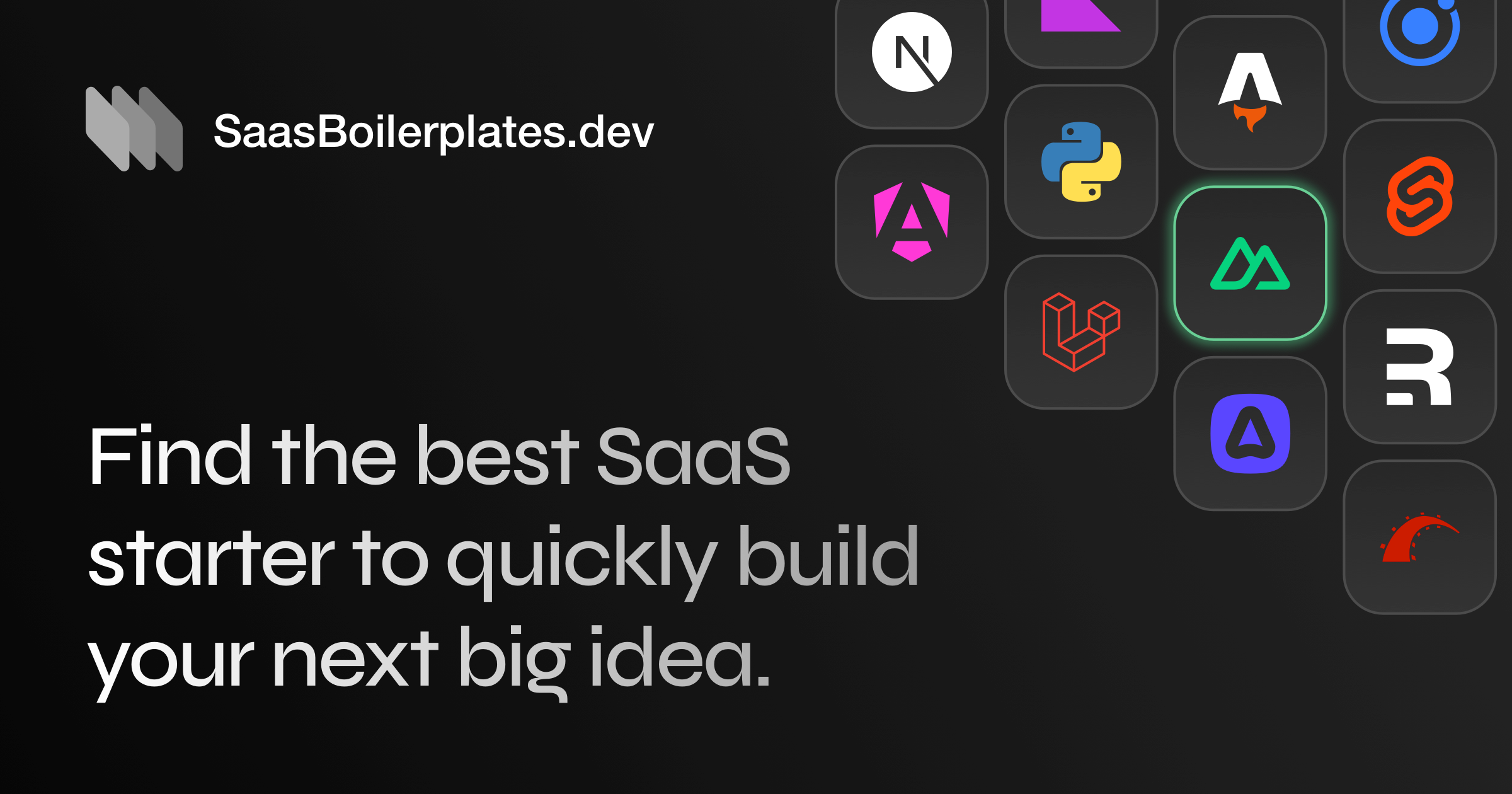RBAC Analytics - Key Insights for SaaS
How RBAC analytics enhance SaaS security, ensure compliance, and streamline user management through data-driven insights.

RBAC analytics can simplify SaaS security, improve compliance, and optimize user management. Here’s what you need to know:
- What is RBAC? Role-Based Access Control assigns permissions to roles (like Admin or User) instead of individuals, simplifying access management.
- Why use RBAC analytics? It helps SaaS teams:
- Key metrics to track:
- Permission usage frequency.
- Role activation times.
- Permission overlap.
Start improving your RBAC system now by monitoring access patterns, refining roles, and automating role assignments based on real data. This approach ensures better security, compliance, and efficiency for your SaaS platform.
Using RBAC Data to Control Access
Key Metrics for RBAC Management
Managing RBAC effectively requires focusing on two main metrics: role utilization and permission application. These metrics help identify overly broad or redundant access rights that could weaken security. By analyzing this data, teams can fine-tune roles and permissions to maintain tighter control.
Refining Roles and Permissions
Using analytics, SaaS teams can improve role configurations while sticking to the principle of least privilege. Here’s how:
- Conduct regular reviews to spot overlapping or excessive permissions.
- Eliminate unnecessary permissions and merge roles where it makes sense.
- Use RBAC analytics to track changes and maintain security and compliance.
Security Improvements Through RBAC Data
Finding Unusual Access Patterns
RBAC analytics allow SaaS teams to identify unusual access patterns that could indicate security risks. By continuously monitoring activity and comparing it to baseline behavior, these tools can quickly highlight deviations. This early detection helps teams respond to potential threats swiftly, strengthening the overall security framework.
Better User Management with RBAC Data
Understanding User Access Patterns
RBAC analytics provide valuable insights into how users interact with your access controls. By monitoring access patterns, you can identify which permissions are frequently used and which ones might be unnecessary. This helps simplify role structures and improve permission management.
Here are some key metrics to keep an eye on:
| Metric | Purpose | Impact |
|---|---|---|
| Permission Usage Frequency | Tracks how often permissions are used | Helps remove unused permissions and simplify role configurations |
| Role Activation Times | Highlights peak times for role activity | Improves resource allocation and enhances security monitoring |
| Permission Overlap | Identifies duplicate access rights across roles | Reduces complexity and makes management more efficient |
These metrics allow teams to make smarter decisions about roles and permissions. For example, if data shows that most “Admin” users only use a handful of core features, it might be time to create a more focused role with fewer permissions. Using these patterns, you can make role assignments more effective and easier to manage.
Making Role Assignment More Efficient
The insights from RBAC analytics make assigning roles more precise. By using data-driven recommendations, teams can reduce administrative work while keeping security intact. Automating role assignments based on user behavior and departmental needs can save time and ensure better access control.
To refine role assignments:
- Look at how roles are used to identify frequently paired permissions.
- Study department workflows to design roles that fit their needs better.
- Use standard role templates for common user profiles to speed up the process.
This approach minimizes over-privileged accounts and avoids access bottlenecks. When analyzing role-based data, focus on:
- Access request patterns to see which permissions are often needed together.
- Role utilization rates to find roles that are underused or redundant.
- Permission dependencies to map how different access levels relate to each other.
Regularly reviewing these patterns helps maintain a secure and efficient system. Instead of guessing what users need, you can adjust roles based on real usage data, reducing both risks and administrative burdens.
Transform your business idea into a revenue-generating SaaS in record time. Explore our curated collection of ready-to-launch boilerplates designed for developer-entrepreneurs who want to validate concepts, acquire customers, and start monetizing immediately. Browse Boilerplates
Best practices for implementing role-based access control (RBAC)
RBAC Analytics for Compliance
RBAC analytics go beyond managing access controls - they play a critical role in ensuring regulatory compliance.
Meeting Industry Standards
Using RBAC analytics helps SaaS platforms meet regulatory requirements like GDPR, HIPAA, and PCI. By tracking role-based access patterns, organizations can easily show they’re meeting these standards.
For example, SaaS boilerplates like Payblocks incorporate RBAC systems to simplify compliance. With native support for user management and role-based access control (RBAC), customers can easily demonstrate compliance with GDPR, HIPPA and PCI regulations.
Creating Clear Audit Records
RBAC analytics also make it easier to create detailed audit trails. These records capture user access events, role changes, and authentication logs, ensuring transparency and accountability in access management.
Key practices for compliance include:
- Monitoring access patterns in real time
- Automating compliance reporting
- Retaining data for required periods
- Regularly verifying permissions
For SaaS teams using tools like Best SaaS Boilerplates, integrated RBAC analytics can simplify compliance efforts while protecting sensitive data. These features help support secure and efficient SaaS operations.
Key Takeaways for SaaS Teams
RBAC analytics play a critical role in SaaS operations by boosting security, meeting compliance requirements, and streamlining user management. Here’s how:
- Better Security: Real-time access monitoring helps identify and block potential threats.
- Simplified Compliance: Automated tracking makes meeting regulatory standards easier.
- Greater Efficiency: Insights from data help fine-tune roles and permissions.
How to Start with RBAC Analytics
To make the most of RBAC analytics, consider using Best SaaS Boilerplates (/). These pre-built solutions save development time while offering strong security features.
Here’s how to get started:
- Choose tools that include RBAC functionality
- Define role hierarchies and permissions clearly
- Monitor access patterns and key metrics
- Set up automated alerts for security issues
- Keep thorough RBAC documentation updated
Recommended SaaS Boilerplates
Below you’ll find three recommended SaaS boilerplates that have strong security and compliance features.






